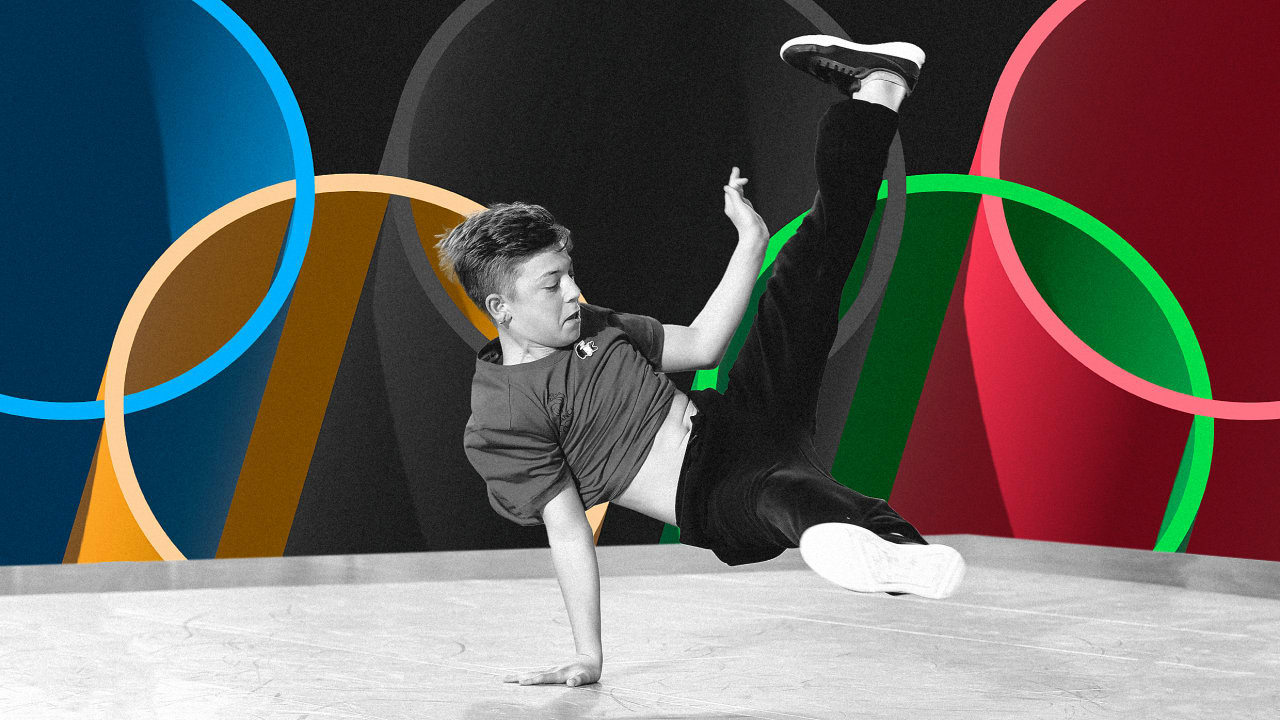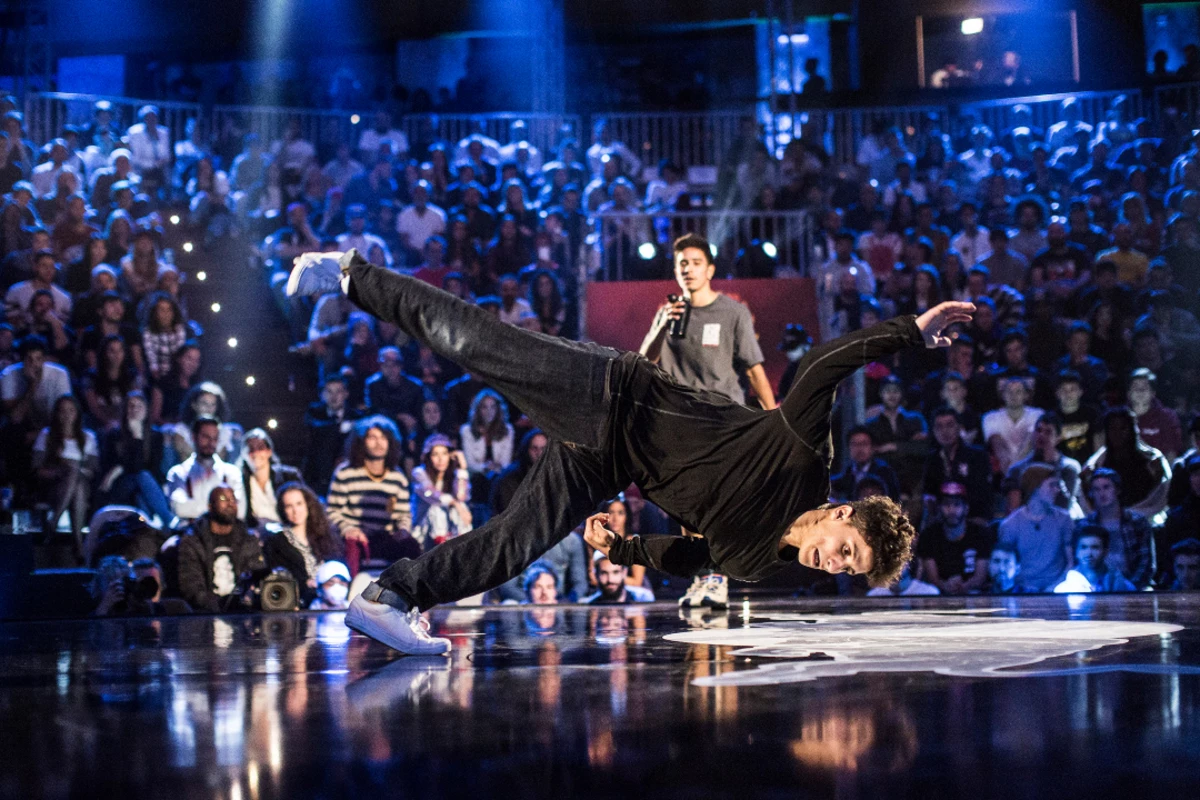The Rise of Breakdancing in the Olympics: Olympics Break Dancing

Breakdancing, a vibrant and energetic dance form, has evolved from its humble beginnings in the streets of New York City to a globally recognized sport. Its inclusion in the 2024 Paris Olympics marks a significant milestone, acknowledging its artistic merit and athletic prowess.
Breakdancing’s Journey to Olympic Recognition
Breakdancing’s origins can be traced back to the 1970s in the Bronx, New York, where it emerged as a street dance expression among young African American and Latino communities. It quickly gained popularity, spreading across the globe and evolving into various styles, including top rock, down rock, footwork, and power moves. Breakdancing has long been a popular form of entertainment, captivating audiences with its dynamic movements, intricate footwork, and expressive artistry. However, its journey to Olympic recognition was not without challenges.
The International Olympic Committee (IOC) recognized breakdancing as a sport in 2018, paving the way for its inclusion in the 2024 Paris Olympics. This decision reflects the growing recognition of breakdancing’s athleticism, artistry, and cultural significance. The IOC’s inclusion of breakdancing acknowledges its dynamic nature, technical skill, and ability to foster creativity and self-expression.
Breakdancing Judging Criteria in the Olympics, Olympics break dancing
The judging criteria for breakdancing competitions in the Olympics are designed to assess the athletes’ technical proficiency, artistry, and overall performance. Judges evaluate various aspects of the dance, including:
Technical Skill
- Footwork: Judges assess the dancer’s ability to execute intricate footwork patterns with precision, speed, and control.
- Power Moves: Judges evaluate the dancer’s strength, agility, and creativity in performing acrobatic movements, such as flips, spins, and handstands.
- Top Rock: Judges assess the dancer’s ability to execute rhythmic and dynamic upper body movements, incorporating footwork and body isolations.
- Down Rock: Judges evaluate the dancer’s ability to perform dynamic and expressive floor movements, combining intricate footwork and body isolations.
Artistry
- Musicality: Judges assess the dancer’s ability to interpret the music and express themselves through their movements, creating a harmonious and engaging performance.
- Creativity: Judges evaluate the dancer’s originality and ability to develop unique movements and combinations, showcasing their individual style and artistic vision.
- Stage Presence: Judges assess the dancer’s ability to command the stage, engaging the audience with their energy, charisma, and confidence.
Overall Performance
- Execution: Judges assess the dancer’s ability to execute their movements with precision, control, and fluidity.
- Expression: Judges evaluate the dancer’s ability to communicate their emotions and ideas through their movements, creating a compelling and impactful performance.
- Originality: Judges assess the dancer’s ability to develop a unique and memorable performance, showcasing their individuality and artistic vision.
Key Elements of Breakdancing Performance

Breakdancing, also known as B-boying/B-girling, is a dynamic and visually captivating dance form that has evolved from street culture. A breakdancing performance is a captivating blend of athleticism, creativity, and musicality, where dancers showcase their skills through a series of intricate footwork, powerful moves, and impressive freezes.
Footwork
Footwork is the foundation of breakdancing, forming the basis for all other movements. It involves intricate foot patterns, quick transitions, and rhythmic steps, often performed in a low-to-the-ground stance. Footwork allows dancers to navigate the floor with agility and precision, creating complex and visually appealing sequences.
- Toprock: This is the foundational style of footwork in breakdancing, where dancers use their feet to create rhythmic patterns and grooves while standing upright. It often involves a mix of steps, slides, and turns, and serves as a transition between other breakdancing elements.
- Downrock: This style of footwork involves intricate foot patterns and transitions while in a low-to-the-ground stance. Dancers utilize a variety of steps, slides, and footwork techniques to create complex and visually impressive sequences.
- Footwork Variations: Breakdancing encompasses a wide range of footwork variations, including “six steps,” “windmills,” and “track stands.” These variations offer dancers the opportunity to showcase their creativity and individuality.
Power Moves
Power moves are the most visually striking aspect of breakdancing, characterized by dynamic and acrobatic maneuvers that require strength, agility, and control. They involve spins, flips, and rotations, often executed with impressive speed and precision.
- Windmills: This power move involves spinning on one hand while the other hand is planted on the floor. Dancers utilize a combination of momentum and body control to achieve smooth and controlled rotations.
- Headspins: As the name suggests, headspins involve spinning on the head while maintaining balance and control. Dancers use their neck and shoulder muscles to generate momentum and stability.
- Backspins: This power move involves spinning on the back while maintaining balance and control. Dancers use their core muscles and momentum to achieve smooth and controlled rotations.
- Airtracks: This category includes various aerial maneuvers, such as flips, twists, and rotations, executed in mid-air. These moves require exceptional strength, flexibility, and timing.
Freezes
Freezes are static poses that dancers hold at the end of a power move or footwork sequence. They showcase balance, strength, and creativity, often serving as dramatic transitions or visual climaxes within a performance.
- Handstand Freezes: This freeze involves balancing on the hands, showcasing upper body strength and control.
- Headstand Freezes: This freeze involves balancing on the head, showcasing balance and control.
- Chair Freezes: This freeze involves balancing on one hand with the other hand extended in front of the body, resembling a chair.
- Freeze Variations: Breakdancing encompasses a wide range of freeze variations, each showcasing unique poses and aesthetics.
Musicality
Musicality is a crucial element of breakdancing, as dancers use their movements to interpret and respond to the rhythm, melody, and energy of the music. Breakdancers often utilize various techniques to enhance their musicality, such as:
- Rhythmic Footwork: Breakdancers use their footwork to emphasize the beats and rhythms of the music, creating a visually captivating interplay between movement and sound.
- Dynamic Power Moves: Power moves are often synchronized with the music’s tempo and energy, creating a visually dynamic and engaging experience.
- Creative Transitions: Dancers utilize freezes and other transitions to create smooth and engaging connections between different movements, further enhancing the musicality of their performance.
Breakdancing Styles
Breakdancing has evolved into various styles, each with its unique characteristics and techniques.
| Style | Description | Famous Dancers |
|---|---|---|
| Toprock | Rhythmic footwork patterns performed while standing upright. | Ken Swift, Crazy Legs |
| Downrock | Intricate footwork patterns performed in a low-to-the-ground stance. | Bboy Lilou, Bboy Hong 10 |
| Power Moves | Dynamic and acrobatic maneuvers that require strength, agility, and control. | Bboy Snake, Bboy Ronnie |
| Freezes | Static poses that showcase balance, strength, and creativity. | Bboy Wing, Bboy Cloud |
The Future of Breakdancing in the Olympics

The inclusion of breakdancing in the Olympics marks a significant moment in the history of the sport, promising a bright future for its global growth and recognition. Breakdancing’s inclusion in the 2024 Paris Olympics is a testament to its evolution from a street-based art form to a globally recognized discipline.
The Impact of Breakdancing’s Inclusion on the Sport
The inclusion of breakdancing in the Olympics is expected to have a significant impact on the sport’s growth and popularity. The global platform provided by the Olympics will expose breakdancing to a vast audience, potentially inspiring a new generation of dancers and enthusiasts. This increased exposure could lead to a surge in participation, particularly in countries where breakdancing is not yet widely recognized.
Olympics break dancing – The inclusion of breakdancing in the Olympics marks a significant shift in the perception of dance as a competitive sport. Just as Christopher Nolan’s “Interstellar” explores the vastness of space and the human spirit’s resilience , breakdancing pushes the boundaries of athleticism and artistic expression, showcasing the power of movement and creativity on a global stage.
This new chapter in the Olympics celebrates the diverse forms of athleticism that exist beyond traditional disciplines.
The inclusion of break dancing in the Olympics has brought a new wave of athleticism and artistry to the Games, mirroring the similar impact of sport climbing’s debut. The combination of speed, strength, and technique in sport climbing, as showcased in the sport climbing combined Olympics USA event, is reminiscent of the intricate footwork and dynamic moves required in break dancing.
Both disciplines demand intense physicality and strategic planning, highlighting the evolution of the Olympics into a platform for diverse and captivating athletic pursuits.